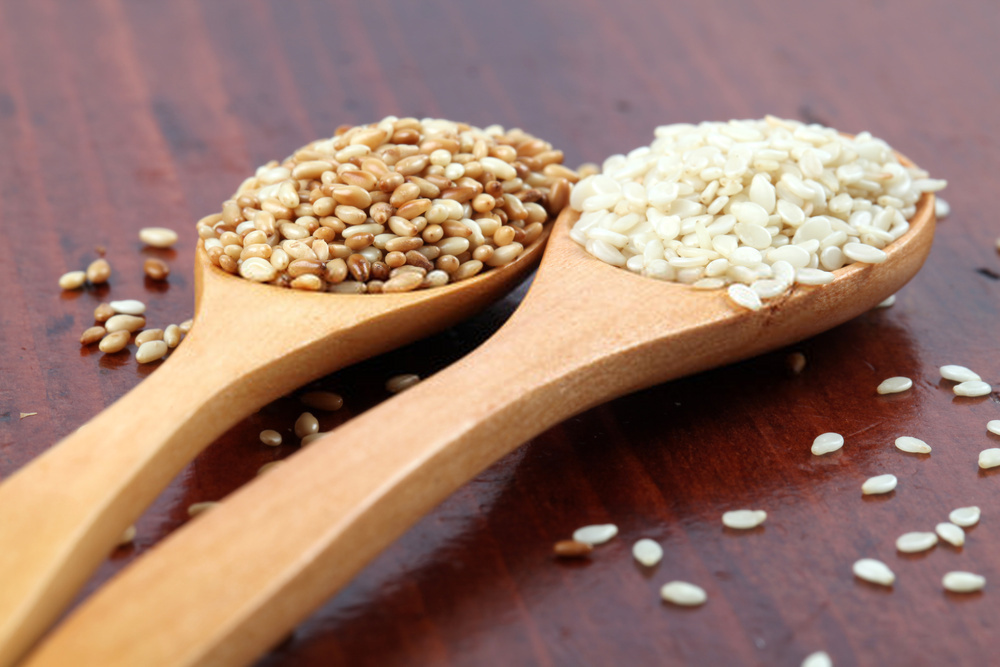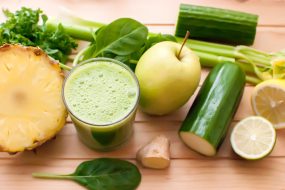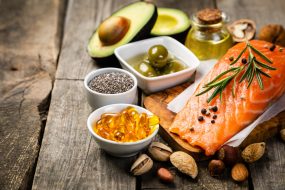
Pumpkin seeds come from pumpkins, sunflower seeds come from sunflowers and sesame seeds come from… sesames?
Actually, sesame seeds come from a tropical plant called Sesamum indicum which is believed to have originated in Africa and today is commercially cultivated mostly in India, China and Mexico. In the Caribbean and southern U.S., sesame seeds are often known by their African name, benne.
“© GreenMedInfo LLC. The work below is reproduced and distributed with the permission of GreenMedInfo LLC. Want to learn more from GreenMedInfo? Sign up for the newsletter here www.greenmedinfo.com/greenmed/newsletter.”
The original article link:
https://www.greenmedinfo.com/blog/tiny-sesame-seeds-pack-legendary-nutrition
Archeological evidence suggests that the sesame plant was grown at least 2,500 years ago and it has a rich mythological heritage. An Assyrian legend tells of the gods drinking a wine made from sesame seeds on the day before they created the world.
The seeds, which vary in color and can be black, white, yellow or red, grow in pods which burst open when ripe. This is said to be the basis of the magic phrase of “open sesame” in the Arabian Nights.
In cooking, sesame seeds are not just important as a decoration on Big Macs and bagels. For their diminutive size, sesame seeds pack a wide array of nutrients and health benefits. They are a good source of calcium, magnesium, manganese, phosphorous, vitamin B1 (thiamine) and zinc.
Sesame seeds are an excellent source of copper, with a quarter cup of the seeds providing more than 83% of your daily requirements. Copper is an important mineral element in the body’s anti-inflammatory systems and is known to help reduce the pain and swelling associated with rheumatoid arthritis.
In addition, sesame seeds have been found to have the highest levels of phytosterols among the most common seeds and nuts in America. Phytosterols are plant compounds believed to reduce blood levels of cholesterol.
One 2006 study conducted in Taiwan and published in the Journal of Nutrition suggested that eating sesame seeds may benefit postmenopausal women by improving their blood lipids levels, antioxidant status, and possibly even their sex hormone status.
The seeds can be eaten whole, ground into a paste known as tahini or processed into oil. They have a mild, nutty flavor and a slight crunch.
Try them in this refreshing summer salad.
Spinach, Strawberry and Sesame Salad
Ingredients
- 2 bags of pre-washed baby spinach
- 4 cups of fresh strawberries, sliced
- ½ teaspoon Dijon mustard
- ½ cup extra virgin olive oil
- ¼ cup white wine vinegar
- ¼ cup sesame seeds
- Coarse unrefined sea salt
- Coarsely ground black pepper
- Directions
Whisk together the mustard, olive oil, and vinegar. Add sesame seeds and salt and pepper to taste.
Pour dressing over spinach and strawberries and toss until well coated. Enjoy!
PS: If you’re interested in getting back into your prime shape this year using a different approach and not more of the same conventional stuff that hasn’t really worked for anyone you personally know so far, I want to encourage you to try my method that is based on metabolic studies and digs deep into how our bodies process food, store fat or convert it to energy – not of the amount of will power that you have.
For a limited time I am extending the invitation for my System Minus 45 Natural Weight Loss Program (a system aimed at fine-tuning and resetting your metabolism, as opposed to calorie counting or workouts) — for only $1 for the first month: Learn More about the program and how it works.








